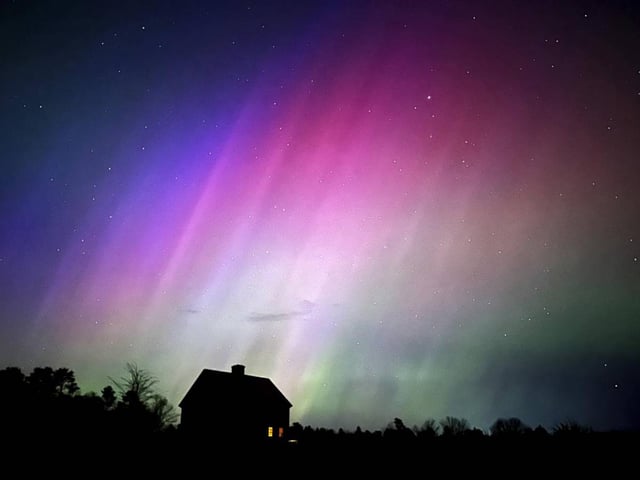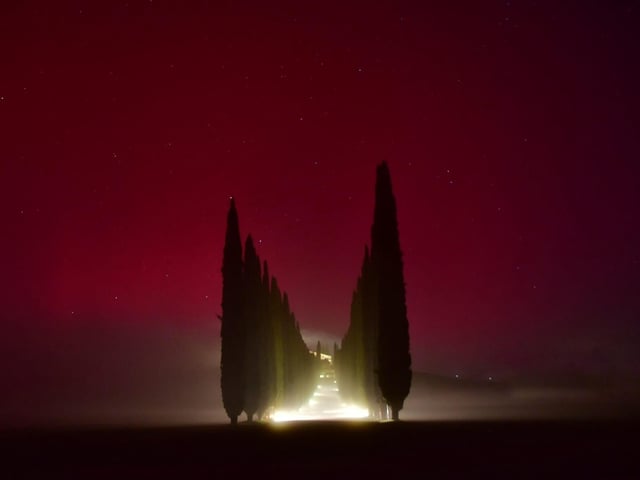Overview
- A coronal mass ejection launched from the Sun in recent days is interacting with Earth’s magnetosphere to trigger a high-intensity geomagnetic storm.
- Geomagnetic activity is expected to peak around 14:00 Central European Summer Time and remain elevated throughout the night of June 1–2.
- Observers should seek clear, dark sites with minimal light pollution and an unobstructed view toward the north for optimal aurora sightings.
- Charged solar particles colliding with oxygen and nitrogen in the upper atmosphere create the colorful curtains of the aurora borealis.
- Enthusiasts are advised to monitor real-time Kp index updates from NOAA and NASA to gauge the best observation windows.

